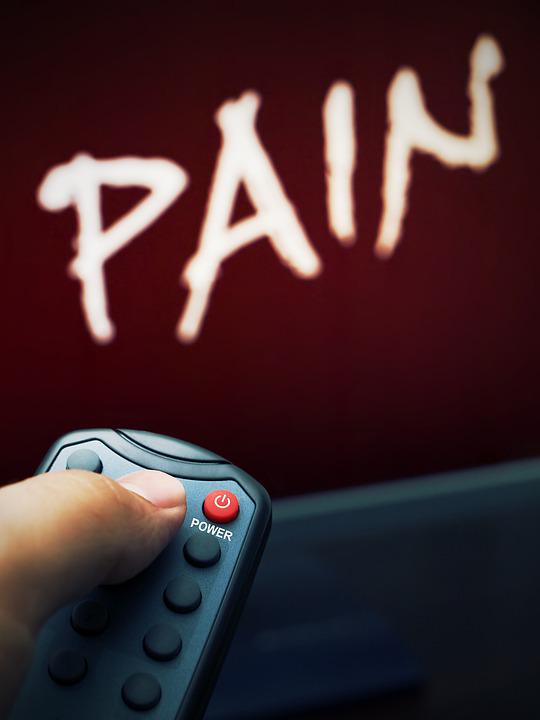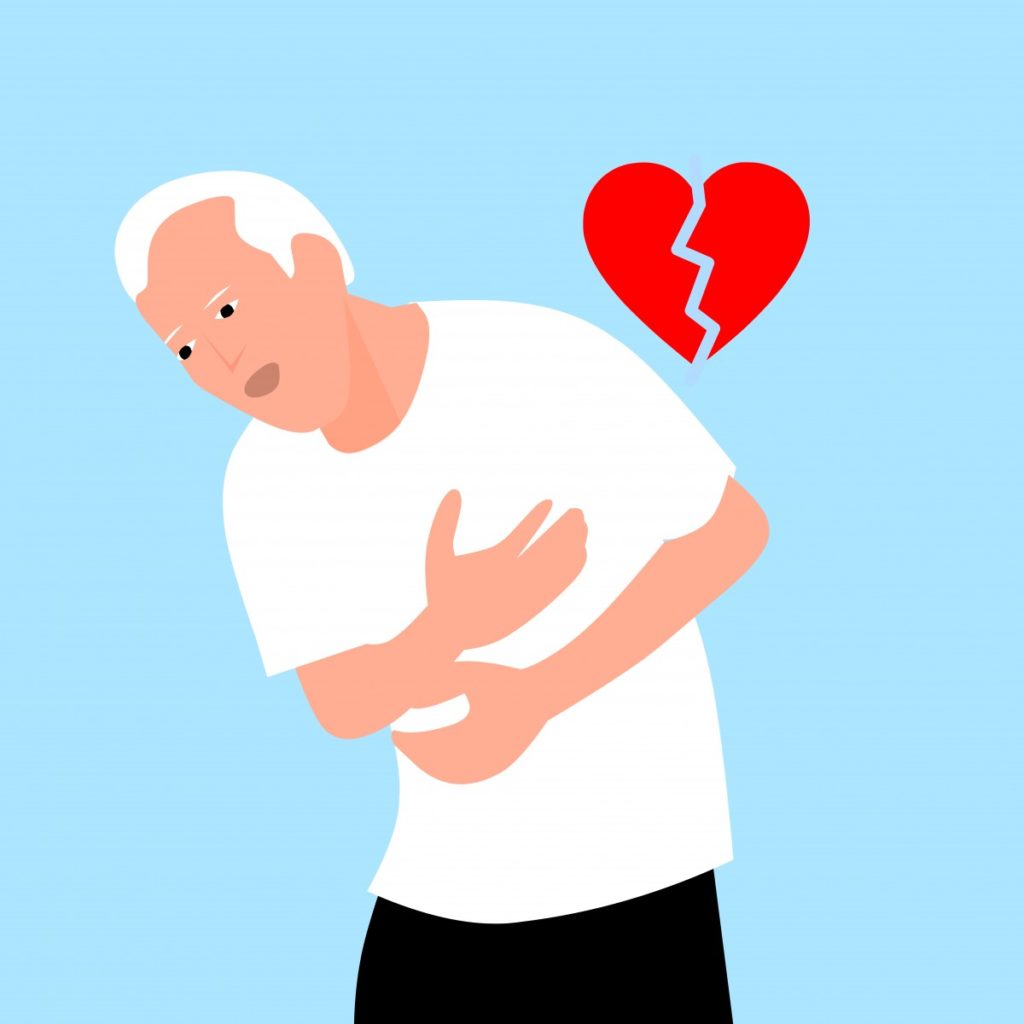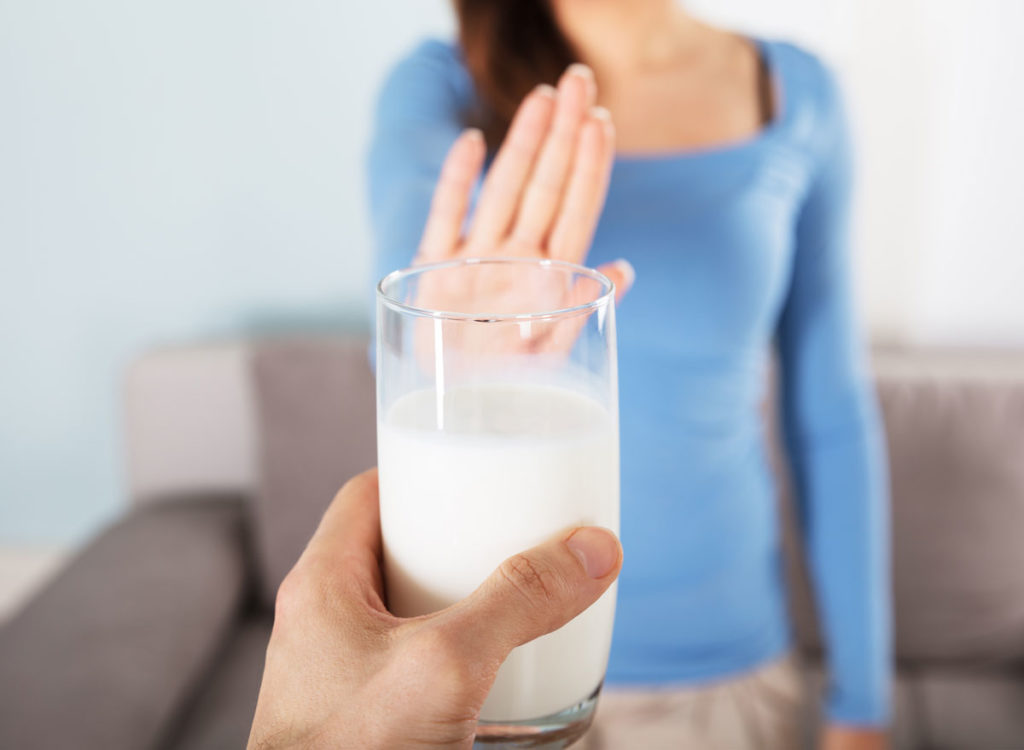Summary
What is algodystrophy?
Causes and symptoms of algodystrophy
A rare disease, algodystrophy or algoneurodystrophy, also known as complex regional pain syndrome (CRPS), affects thousands of new cases each year.
Characterized by pain syndromes linked to vasomotor disorders, it remains a challenge to treat and relieve even though its mechanisms are gradually being understood. Let’s take stock.
What is algodystrophy?
Description of the disease
Algodystrophy is a bone disease combined with vasomotor disturbances. It occurs in the joints and areas around the joints: hand, shoulder, elbow, knee, hip, and ankle.
Note: Algodystrophy affects people between the ages of 35 and 65, but children, teenagers, and people over 65 can also be affected.
It is characterized in 2 forms:
- Type 1 algodystrophy: this is the most common form. It most often appears following trauma. No nerve damage is found. On the other hand, we often see the pain in large areas, circulation problems (edema, heat, etc.), the bones’ decalcification, and the skin’s redness.
- Type 2 algodystrophy: it also appears most often after trauma. The nerves are affected locally, and the tissues dependent on these nerves are hypersensitive.
Evolution of algodystrophy
Algodystrophy can disappear on its own after 6 months to 2 years.
There are also evolutions where sequelae persist. These can be disabling: pain, tendon retractions, etc.
Remember: in 75% of cases, the painful signs heal spontaneously in less than a year.
Differential diagnoses
Several other diseases can evoke the symptoms mentioned above:
inflammatory rheumatism (rheumatoid arthritis…) ;
Nervous diseases ;
bone cancers ;
osteoporosis.
Note: diagnosing algodystrophy is complex, and, more often than not, it is by eliminating other diagnoses that the diagnosis of algodystrophy will be made.
Causes and symptoms of algodystrophy
We can cite as recognized causes :
- trauma such as a sprain, orthopedic surgery, fracture, dislocation… in 60% of cases;
- neurological causes (shingles, hemiplegia, brain tumors…);
- vascular disorders;
- malformations;
- infections;
- Pregnancy;
- A disturbance of the sympathetic nervous system (in charge of unconscious activities).
Attention: the intensity of the trauma is not linked to the onset of the disease.
In addition, specific pathologies are recognized as being a risk factor for developing algodystrophy
a myocardial infarction ;
thyroiditis (thyroid disease);
Lung and pleural diseases;
Genetic factors;
Smoking;
Stress;
periarteritis nodosa…
Note: the causes are often complex to determine, and in 20% of cases, they will remain unknown.
Symptoms of the disease

Symptoms include extreme pain and vasomotor disorders. They most often develop according to the following progression:
The first phase is called “hot”. It evolves over a few weeks to 6 months. It is characterized by permanent pain aggravated with the mobilization of the affected zone during the night. It is an inflammatory phase with very painful edema and smooth, shiny and hot skin. There is often excessive sweating. This is called “vasodilation”.
The second phase is referred to as “cold.” It hasn’t been given a specific time limit. It’s characterized by a chilly, pale, and smooth appearance in the affected area. The edema disappears little by little, and the hair and nails are damaged and fall out. This is called “vasoconstriction“.
Note: these two phases can also be reversed or alternated. The algodystrophic damage is enlarged at the level of the affected limb but generally remains lateralized and limited to the limb. It can sometimes extend elsewhere in the body.
Algodystrophy presents stiffened joints and bones that become demineralized. One observes the retraction of tendons, skin (fibrosis), and muscle wasting.
Thus, apart from these two phases, the symptoms present are very diverse: intense pain, swelling of the affected area, the sensitivity of the skin to touch, changes in skin texture, temperature or color, thick and brittle nails, increased sweating, changes in hair growth, stiffness, swelling, and then deterioration of the joints, spasms, weakness, contracture, and atrophy of the muscles, loss of mobility in the affected area.
Management of algodystrophy
Various tests
The diagnosis of algodystrophy requires the prescription of various tests and the study of their results:
- the blood test may be regular;
- an osteodensitometry shows characteristic bone damage;
- a bone scan reveals bone damage very early on and shows the excess vascularity of the affected side;
- an X-ray, compared with the unaffected side, shows a slight demineralization.
Algodystrophy: prevention
While there is no natural way to prevent algodystrophy, some precautions can be taken:
mobilize the affected limbs quickly after a fracture or immobilization ;
prescribe vitamin C before surgery.
Drug treatments for algodystrophy
There is no specific treatment for algodystrophy. The pain will be treated, and good mobilization will be maintained.
The possible means are:
A combination of pain medications (NSAIDs, corticosteroids, tricyclic antidepressants, botulinum toxin injections, opioids, anesthetic creams) and others to maintain bone density: calcitonin (a hormone that promotes calcium storage in the bones and thus remineralization) and biphosphonates.
Manual therapies to slow down the progression of the disease and keep the joints mobile: physical therapy, balneotherapy, and occupational therapy.
Psychotherapy, as algodystrophy, is particularly difficult to bear psychologically.
Note: Injection therapies with substances that inhibit the sympathetic nervous system activity are also sometimes used to block the sensation of pain.
Diagnosing algodystrophy is difficult. This painful, stiffening disease takes a long time to treat and sometimes leaves disabling after-effects. The treatment, which combines both medication and gentle manual therapies (gentle physiotherapy), will be more effective if it is started early and if the patient’s family and friends support it (only the implementation of a global therapy can give you 90 to 95% good results).
There are still challenges for scientists, especially to better understand the causes of algodystrophy, which are still too often obscure.
Natural treatments for algodystrophy
We must not neglect the natural approaches that can be highly effective in the fight against algodystrophy. Suppose osteopathy (which acts on the vertebral zones that regulate the circulation in the limbs) or acupuncture (which restores the kidney’s energy) can be interesting. In that case, you can also carry out three sessions of ionization per week for an analgesic and vasodilatory effect.
You can also use white clay without moderation. In the form of warm or hot poultices applied for two hours a day, it will be very effective in relieving pain.
In addition, in homeopathy, several remedies are to be favored according to the characteristics of the algodystrophy:
In the inflammatory phase (at a rate of 5 granules of each, in 7 CH, two to six times a day for a week until the symptoms improve):
Belladonna to calm red, hot, painful joints, i.e., in cases of acute inflammation and sudden onset pain.
Bryonia alba for red (but less than previously), swollen and hot joints accompanied by stabbing pain aggravated by movement and touch.
Arnica montana if the pain occurs after a trauma (pain close to that felt in case of aches) and is aggravated by the slightest touch.
Ferrum phosphoricum in case of acute joint pain, with redness and swelling, aggravated by movement.
In the cold phase (5 granules of each twice a day for several months):
Calcarea phosphorica in 4 CH in case of bone and joint pain (especially in the case of failure to consolidate a fracture), numbness, tingling, cold sensation, and aggravated at night or in case of change in weather,
Symphytum in 4 CH in case of the trauma of the bones and the periosteum with a sharp pain that persists after a fracture,
Rhus Toxicodendron in 7 CH if you feel tearing pain of the tendons and ligaments with stiffness in the morning and at rest and which worsens with the first movements (or with cold) before improving after that (the night pains oblige to change position),
Hypericum perforatum in 30 CH in case of damage to a nerve ending with stabbing pain and excruciating throbbing radiating to the root of the limb,
Lachesis in 5 CH in cases of purplish edema, pain aggravated by heat but relieved by cold.


